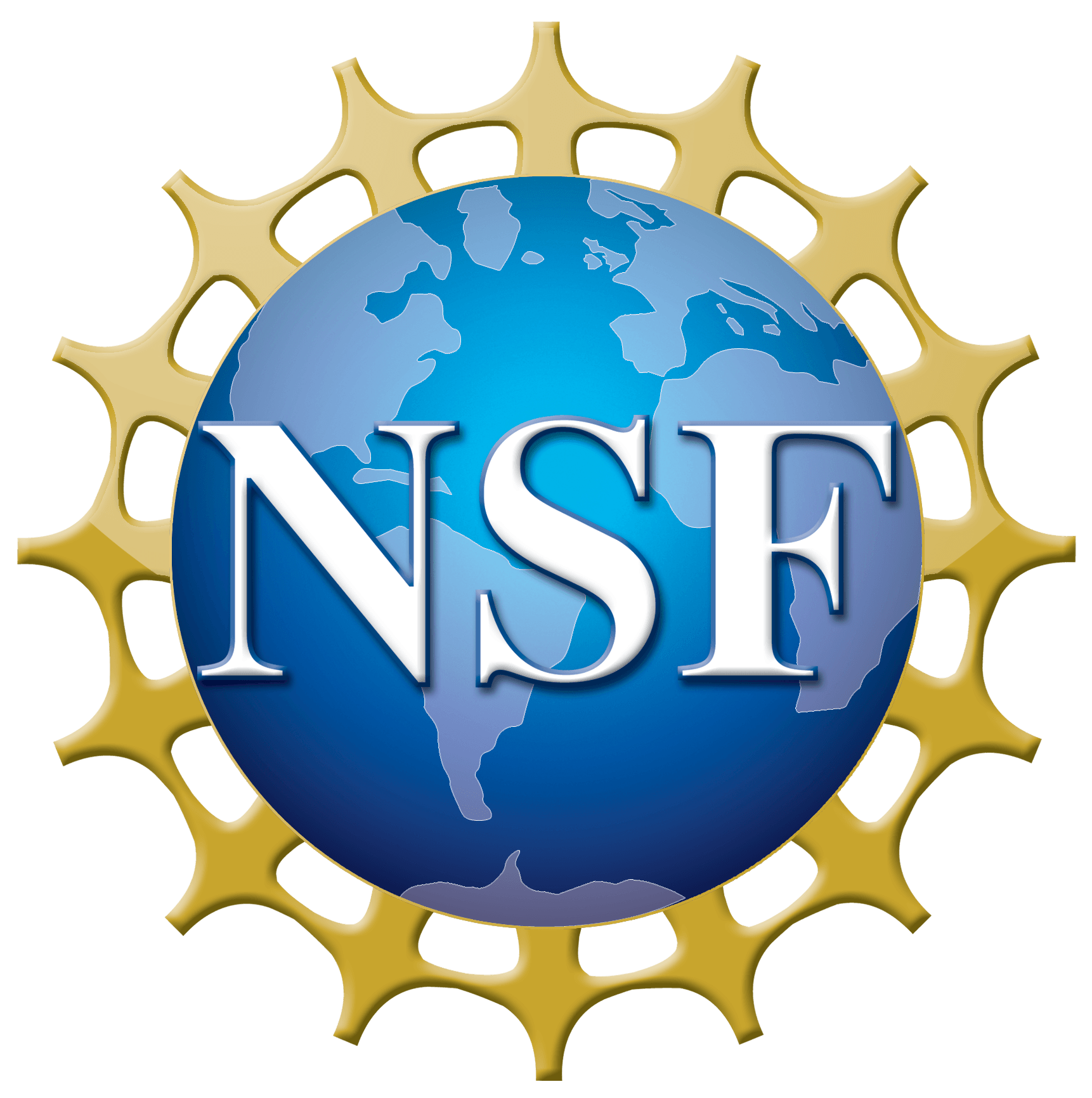Question: Do you know if there is current agreement about which edge of the Andromeda galaxy (M31) is closest…
Select :
AsteroidsBlack HolesCareers in AstronomyCelestial EventsCometsConstellationsCosmic DistancesCosmic Microwave BackgroundCosmologyExoplanetsGalaxiesGravity WavesHoaxesMoonPhysicsPlanetsRadio AstronomyScientific MethodSETISolar SystemSpace ProbesStarsSunTelescopesUnexplained Celestial Observations
Can a Black Hole Swallow a Galaxy?
Question: I know that black holes are very dense and their gravitational pull is so strong no one really…
The Solar System’s Rotation About the Center of the Milky Way
Question: I have a question about galaxies, how do scientist know about the galactic year and how long it…
The Properties of Spiral Galaxies, Including Our Own
Question: Me and the rest of our fifth grade class is learning about galaxies, but I have a couple…
Relative Sizes of the Earth and the Milky Way Galaxy
Question: Hi, I just want someone to verify my math –needed to visualize the scale of the galaxy. I…





